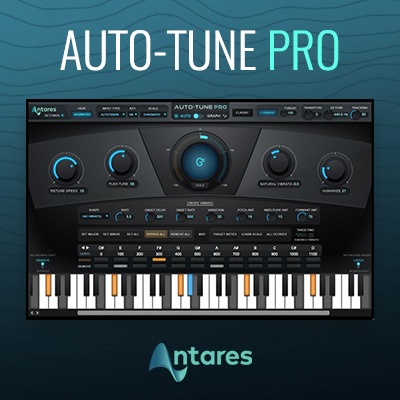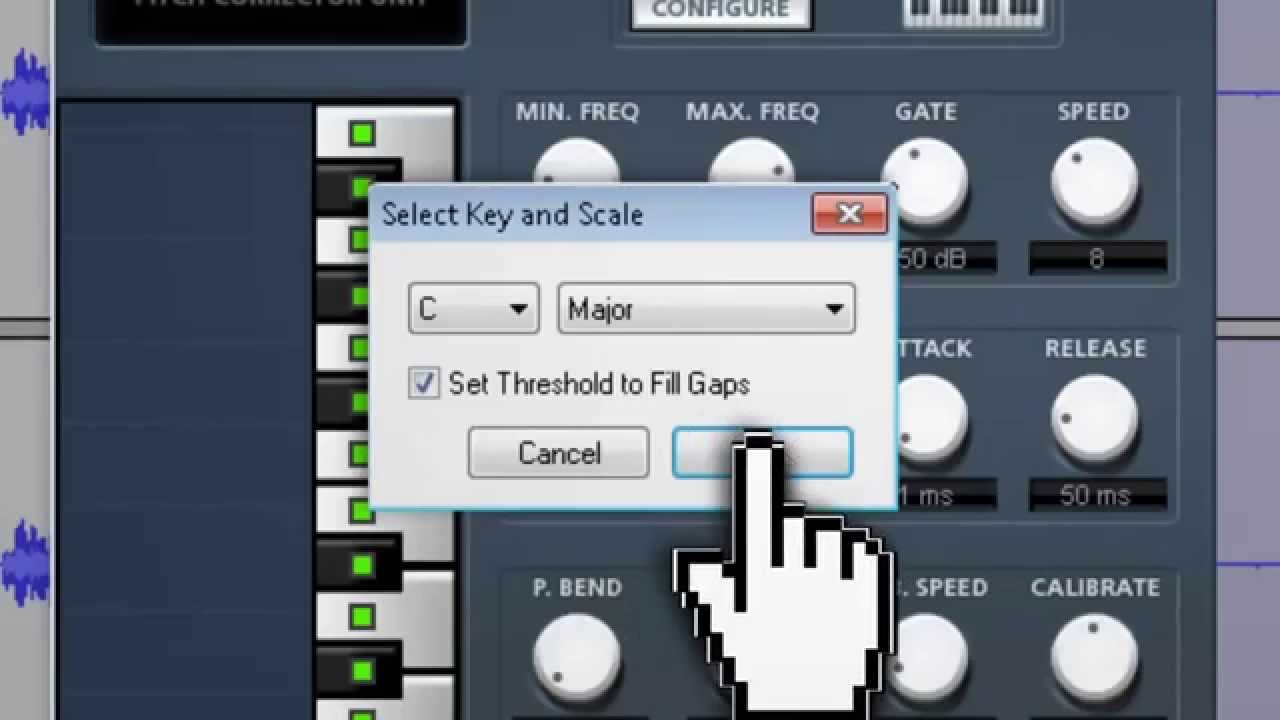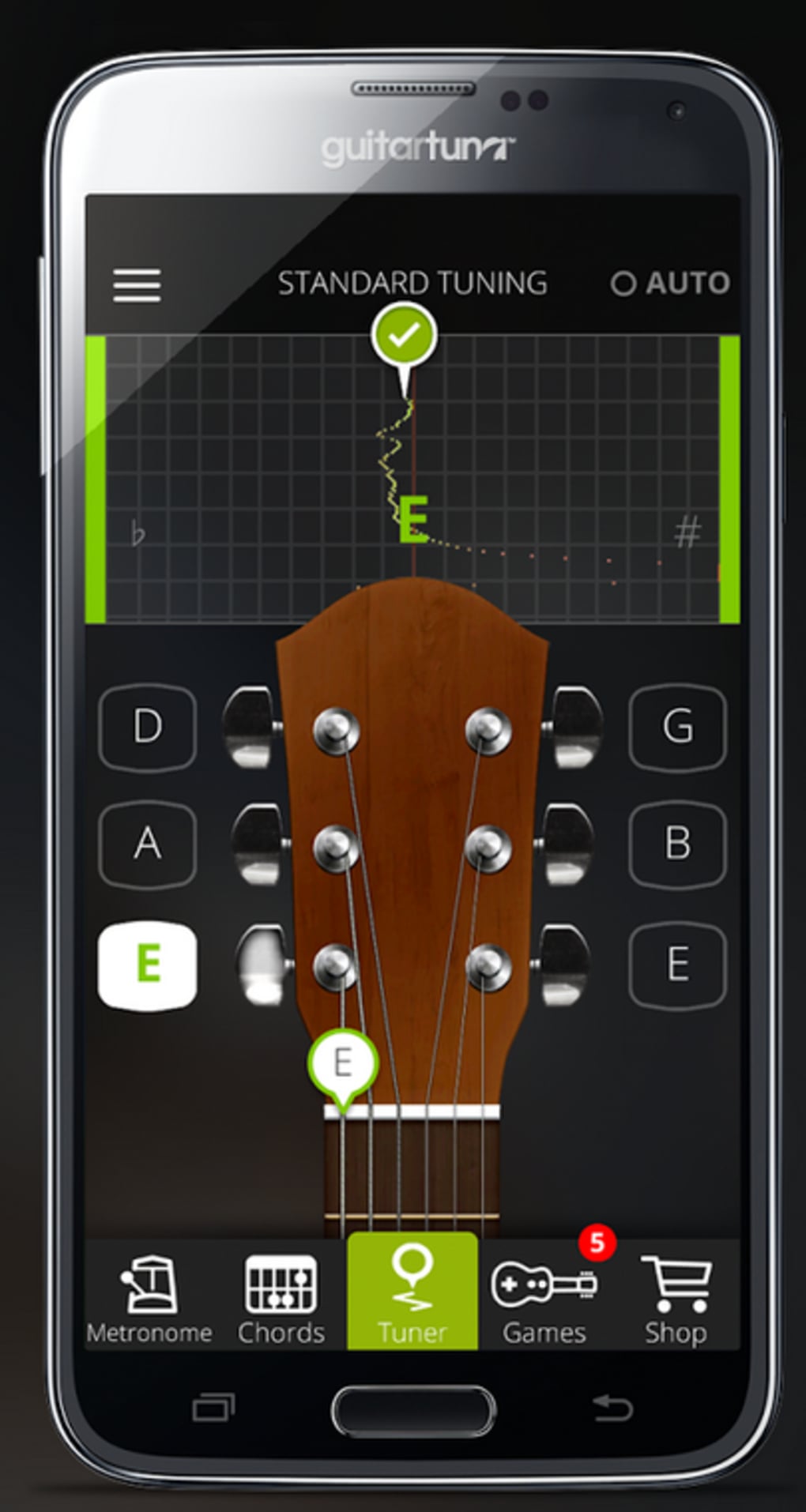

Many contemporary artists, such as Billie Eilish and her producer Finneas, use AutoTune to achieve a distinctive sound. However, it can be used in more subtle and nuanced ways. This effect became popularized by artists such as T-Pain and Kanye West, who used AutoTune to create exaggerated and distinctive vocal effects. The most well-known use of AutoTune is the “AutoTune effect”, which is characterized by a processed, robotic vocal sound. Cher was the first artist to have AutoTune on a mainstream hit with her single “Believe.” The first mainstream hit that featured AutoTune was not even a rapper.

Auto tune software#
Originally designed to correct small pitch errors in vocal and instrumental performances, the software has undergone significant development. Vocal comping (the process of combining many vocal takes) and being prepared and meticulous in-studio will do more for a vocal than pitch correction ever will.AutoTune is a pitch correction software that was first introduced in 1997 by Antares Audio Technologies. Amazing vocal editors can work crazy magic, but the best vocals are the ones that need the least amount of retouching. Pitch correction software should be your last stop when trying to nail a vocal performance. The more you do, the more noticeable your edits will become.ĥ. Unless you are specifically going for that intense auto-tune effect, make sure to use the least amount of editing possible to get the job done. On rare occasions, you may need to automate this if the melody goes out of the scale or there’s a key change in the song.Ĥ. This will allow the software to more accurately determine which notes to correct the pitch to. Make sure that whichever tool you use, you set it to the scale of the song you are working with. Again, this is standard practice over the past decade, and you're only doing yourself a disservice if you don't apply this subtle treatment.ģ. You should first use a graph editor to do all your fine adjustments, then run it through an automatic tuner to gently “hug” the vocal and make the performance a tiny bit tighter. Remember, auto-tune doesn't have to be abrasive, in fact, it is most popular in subtle amounts.Ģ. The key is to find the setting that works best for the vocal performance you’re working on. The classic over-tuned T-Pain effect is accomplished by setting the speed to 0 while slower times will be more natural.

This will affect how quickly the algorithm should react when notes change. The most aggressive option in any pitch correction plugin is the speed knob. In the Hyperbits Masterclass, we go much deeper into vocal tuning, but again, here are some tips to get you started.ġ. While this is an article about the 8 best autotune plugins in 2023, we had to list some of our favorite tips to make sure your vocals sound killer. If you want to see a more in-depth example of how we process vocals to get that modern sound, be sure to check out our video below. It then comes down to a matter of taste whether to be subtle or heavy-handed with tuning. In fact, these days, not only is it NOT shameful to make use of these tools, listeners are used to listening to perfected performances, so you can actually be holding your record back by not making use of these tools. Very, very few artists receive no help from pitch correction (Adele and Billie Eilish are examples). While this hard tuning is the most obvious and noticeable use of pitch correction software, almost every record you hear these days has gone through a vocal editing stage. Originally intended for the subtle nudging of slightly off-tune performances into place, artists like T-Pain and Cher largely popularized the extreme use of the tool to give vocals that classic hard tuned effect that we know so well in modern pop.

In this blog post, we’ll list 8 of the best autotune plugins you should be using this year. Since it was the original product, autotune became the household term for any form of pitch correction, even when a different tool is used. This allowed it to recognize a note being sung and move it to the nearest semitone. It combined a pitch detection algorithm with pitch-shifting algorithms. The company Antares released the first version of its legendary pitch correction software in 1997. Autotune plugins are now a pretty household term, but in reality, it’s the name of a specific product.


 0 kommentar(er)
0 kommentar(er)
